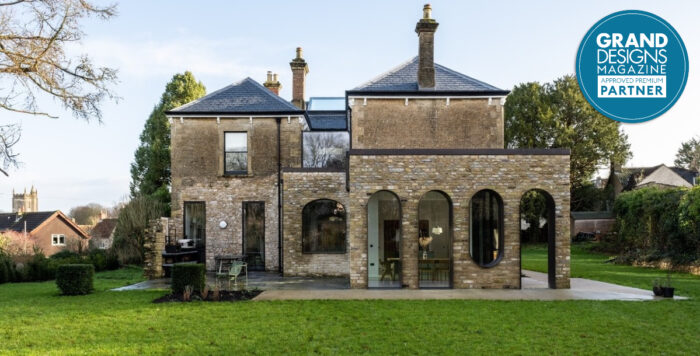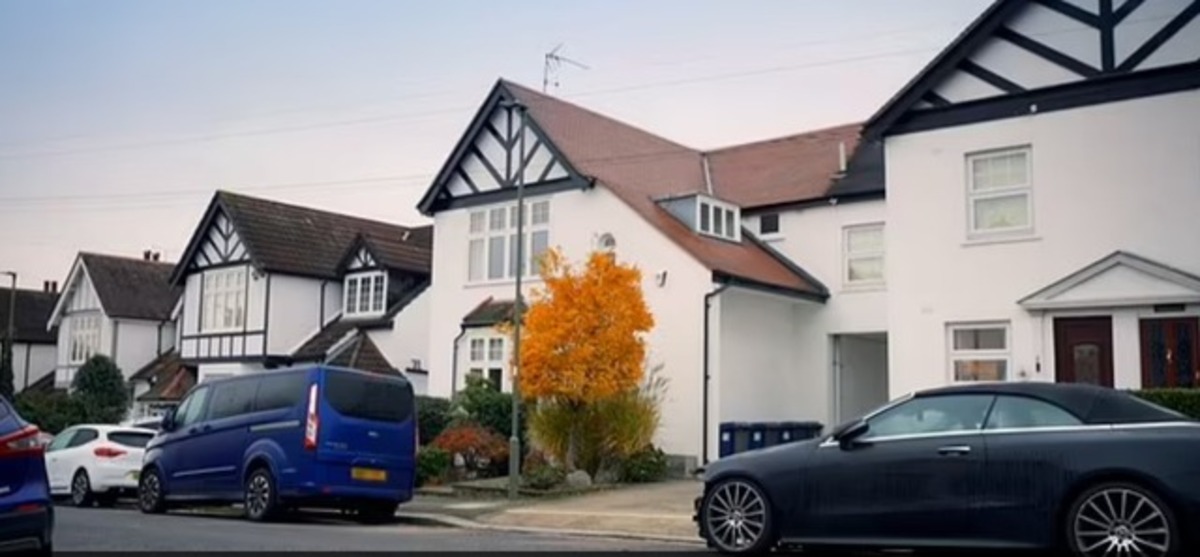How to make your home more energy efficient
A leading expert on sustainable retrofit offers advice on reducing your home's carbon footprint
When it comes to energy efficiency, it’s often easier to build into a new property. But all is certainly not lost when it comes to reducing the carbon footprint of older homes. Retrofit architect Mark Elton at Cowan Architects offers advice on how to make your home more energy efficient.

Make a long-term plan for the best low-carbon result. Photo: Pixabay
Proceed with caution
While you may think that any investment in reducing your home’s energy needs is worthwhile, it pays to have a plan in place before you begin any work. ‘There’s a risk that spending a bit of money on easy-win carbon reductions prevents deeper reductions later on,’ says Mark, who has a wealth of knowledge on this subject. A Passivhaus-certified architect, he is one of the country’s leading experts on sustainable retrofit and author of the Institute of Sustainability’s Improving the Building Fabric guide.
Take a fabric-first approach
Installing low-carbon heating, such as air source heat pumps and biomass boilers, isn’t necessarily where to begin a retrofit journey. Improving the energy efficiency of your home’s structure is an important factor. ‘Spending a lot of money on a heating source for a building lacking sufficient insulation is probably the wrong priority. You’ll be wasting your investment on an overly powerful heating system if something comes along to reduce the heating demand of your home in the future.’

Ecospheric retrofitted these Victorian townhouses to Enerphit Plus standards. Photo: Rick McCullagh
Make a long-term plan
It’s possible to tackle the renovation in stages. ‘Enerphit is the Passivhaus standard for retrofitting. It focuses quite a bit on the step-by-step benefit of whole home retrofit, as it is an expensive process,’ says Mark. To do this, and ensure your investment is worthwhile, a long-term-plan makes sense of your retrofit ambitions. ‘Each home needs a medium-to-long term plan to understand the endgame for each property type,’ Mark adds.

Architect Harry Paticas retrofitted his 70s home in London to Enerphit standards. Photo: Agnese Sanvito
Managing the cost
With this in mind, be realistic about the cost of a whole home retrofit. ‘You’re talking £25,000 to £40,000 for a whole house retrofit done properly,’ Mark says. ‘As an example, it might be that you insulate just the facing wall at the rear of the property to a good standard. Then return another time to consider the street-facing side of property. This is one way to proceed rather than half heartedly doing both at the same time.’
Assess your home’s requirements
‘The best way to proceed depends on the home,’ Mark emphasises. ‘With the fabric-first approach, the aim is to reduce heating demand as the starting point. Each house may require different methods to do that.’
It’s a good option for those living in a less-than-energy efficient home. But it’s also worth considering when moving into a home that you intend to renovate. ‘It’s arguably a perfect opportunity to rip up the floors and deal with the insulation before you move in with all your stuff. Once you’ve moved in, it’s much more disruptive to make these changes.’









